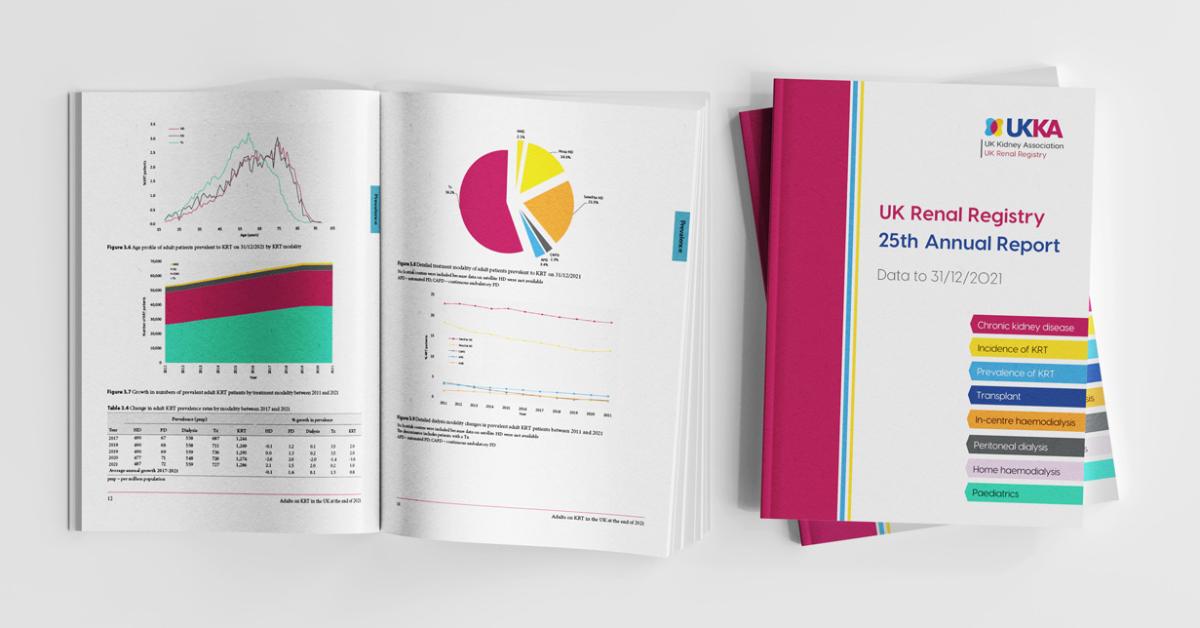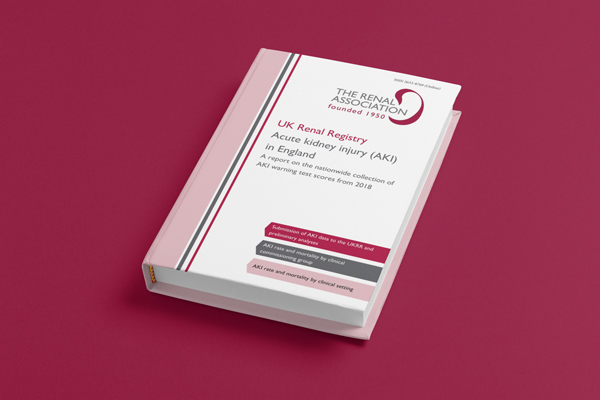Sir Adolf William ‘Bill’ Asscher was a physician whose imagination and forward-thinking did much to establish renal medicine as a specialty through his influence as a clinical investigator, as a practitioner of humane medical science, as a mentor to many young doctors and scientists, and through his work for professional societies including the Renal Association (of which he was president from 1986 to 1989) and the International Society of Nephrology (as a member of the council for almost a decade).
Bill Asscher was born in The Hague, Netherlands, into a family with a long and distinguished history in law, medicine, art and literature. His father, William Benjamin Bree Asscher, was an engineer; his mother was Roosje Asscher née van der Molen. Because he had Jewish ancestry, Bill was forced by the Nazis to wear the yellow Star of David, but a stroke of luck and his mother’s ingenuity saved him and his family from deportation to Germany. The family stayed in Holland for the remainder of the war, enduring the dreadful hardships of the occupation. In 1947 they moved to England, and he resolved to pursue a career in medicine. Rejected by every medical school in London, he studied at Acton Technical College, duly matriculating at the University of London, passing the first MB examination. He then joined the Royal Engineers for his National Service, where he was commissioned from Mons Officer Cadet School in 1950. Eventually, through a friend of his father, he obtained an interview at the London Hospital Medical School, where he was an exceptional student, gaining first-class honours in anatomy and passing his final MB BS with honours. As a medical student, he published several papers, including one in Nature (‘Vaginal sulphhydryl and disulphide groups during the oestrous cycle of the mouse.’ Nature. 1955 May 21;175[4464]:900-1).
His postgraduate medical training was on the academic medical unit at the London Hospital, apart from one year as a senior registrar in general medicine. Under the influence of Clifford Wilson [Munk’s Roll, Vol.X, p.524] and John Ledingham [Munk’s Roll, Vol.IX, p.311], Bill started to develop his interests in renal disease. His initial research was concerned with the biological effects of X-irradiation on the kidney and vascular permeability of plasma proteins, work that formed the basis for his MD thesis and yielded a second paper in Nature (‘A vascular permeability factor of renal origin.’ Nature. 1963 Jun 15;198:1097-8). However, it was his contribution to the field of urinary tract infection and its sequelae for which he was to become known as a world authority, work that was undertaken in the second phase of his career in Cardiff.
Bill Asscher went to Cardiff in 1964 as a senior lecturer in the department of medicine at the Welsh National School of Medicine and as an honorary consultant physician to the United Cardiff Hospitals. He was to spend a happy and productive 23 years in Cardiff, where he underwent a metamorphosis from general physician to professor of renal medicine at the newly-styled University of Wales College of Medicine. He made many contributions to renal medicine during his time in Wales, three of which require special mention.
The first was his work on the prevention of kidney damage resulting from urinary tract infections, particularly in children. He published extensively in this field and travelled widely as a guest lecturer and visiting professor. But more importantly, he established Cardiff as a stopping-off place for leading research workers in nephrology from all over the world, and also for a number of young doctors early in their training who went on to attain senior positions in their own countries.
The second was his contribution to the concept of regionalisation of renal services in Wales by the development of contracted out subsidiary dialysis units. These units were modelled on the German kuratorium system and served to emphasize Bill’s ability to note beneficial clinical practice carried out elsewhere and bring these ideas back to Wales and other centres in the UK.
Third, and perhaps the pinnacle of his achievement as professor of renal medicine in Cardiff, was the establishment of the KRUF (Kidney Research Unit for Wales Foundation) Institute of Renal Disease. His enthusiasm and drive soon established the Institute as a leading renal research unit. The bedrock of the research undertaken was founded on Bill’s clinical interest in renal infection, and he initiated laboratory-based investigations to understand the clinical problems arising from the biological effects of bacterial adherence and virulence. The Institute continues to this day to ask pertinent questions relevant to clinical problems associated with renal disease.
During his time in Cardiff and subsequently, in London, Bill became involved in medicines regulation and the adverse effects of drugs. He was appointed to a number of regulatory committees in the DHSS and then the Department of Health, including the medicines commission, the committee on review of medicines and finally, and most importantly, the committee on safety of medicines, which he chaired with distinction for six years. For this service, he was made a knight bachelor in 1992.
In 1988 Bill was appointed dean (later principal) of St George’s Hospital Medical School, where he was to spend the next nine years. As principal of St George’s he was respected as an ‘old style’ dean who knew his students personally. Among his many achievements at St George’s was the creation of a joint faculty of health care sciences with Kingston University, in which medical students trained with nursing, midwifery, physiotherapy and radiography students – at the time a novel approach to training for healthcare professionals. Without this joint faculty and Bill’s leadership, it is perhaps unlikely that St George’s would have survived to become the UK’s only university dedicated to medical and health sciences education, training and research.
Bill married twice. His first wife, Corrie (née van Welt), died after just 18 months of marriage. In 1962 he married Jennifer Lloyd, also a graduate of the London, and they had two daughters, Jane and Sophie, neither of whom followed their parents into medicine. Bill and Jennifer were generous and welcoming hosts at their homes both in Wales and London. They shared an interest in opera and the visual arts. They furnished their homes with a fine collection of paintings and Welsh porcelain and pottery. Bill was himself a talented artist and served for many years on the Welsh Arts Council.
For their retirement, Bill and Jennifer returned to live in the Vale of Glamorgan. Sadly, Jennifer died within three years of their move, and Bill had failing eyesight. An old family friend, Zylvia Pumfrey (whose mother was Dutch), became his eyes and companion, and together they enjoyed their mutual interest in opera, travel and the arts.



